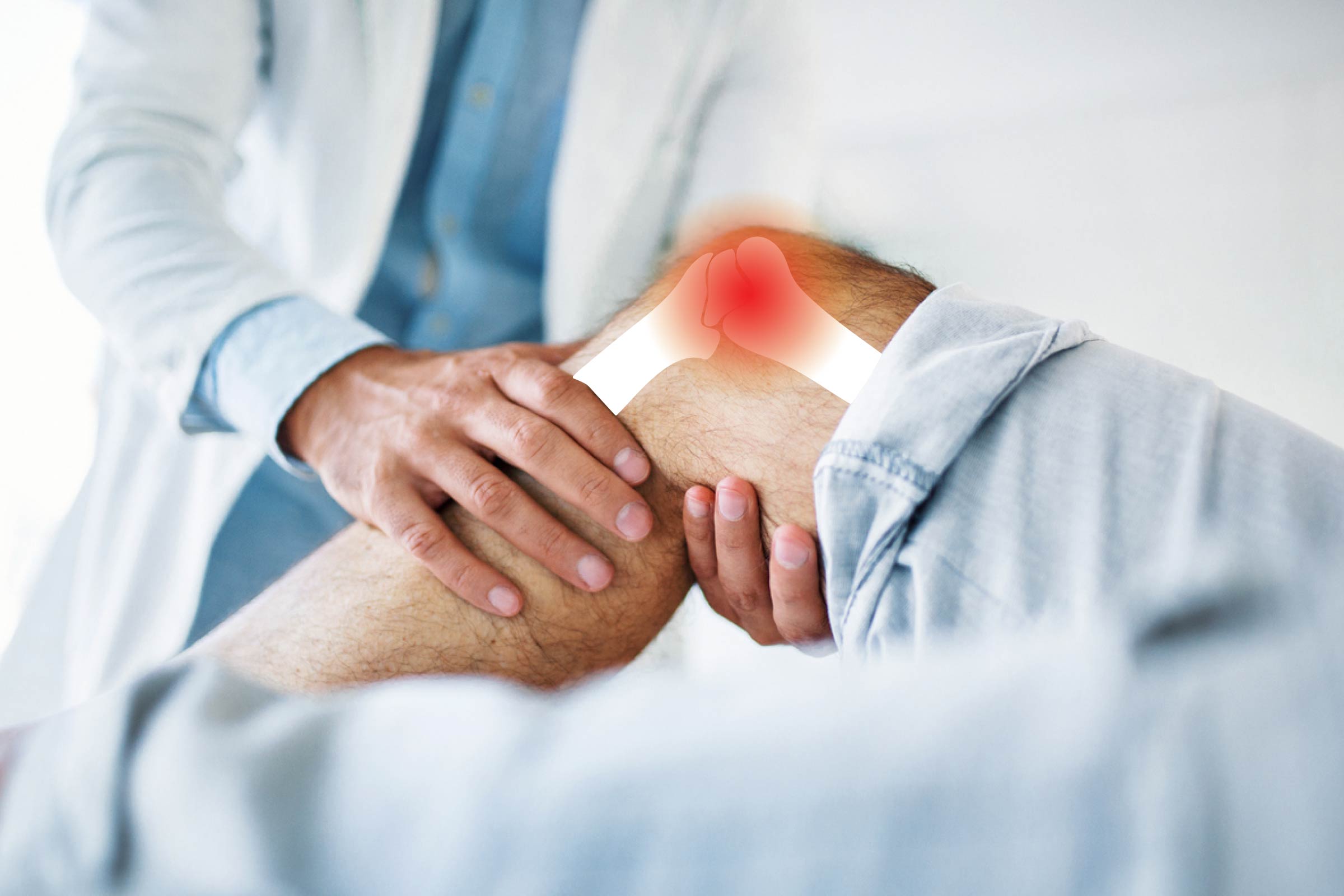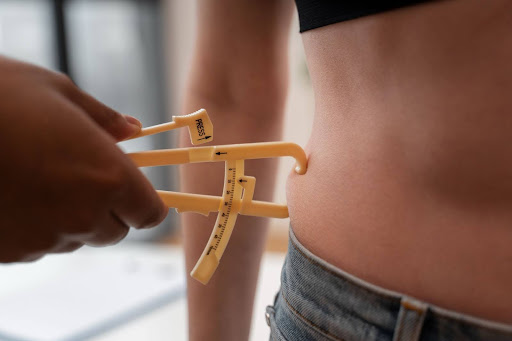Many people, particularly the elderly, complain of joint pain. Arthritis or other underlying conditions can lead to chronic joint pain. Although temporary joint discomfort is frequently caused by injuries or excessive use of the joints, it can also arise from temporary issues. It is crucial for accurate diagnosis and treatment to grasp how arthritis differs from joint pain.
This blog will examine the causes, symptoms, and treatments of joint pain and osteoarthritis. Whether you are dealing with mild discomfort or severe stiffness, this guide will assist you in understanding and treating your condition.
What is Joint Pain and Joint Pain Syndrome?
Joint pain is a term used to describe discomfort, aches or soreness at any joint of the body. Joints are the areas where two or three bones meet. Examples include the elbow, the shoulder, the hip, and the knee. Joint pain may affect multiple joints or one joint.
Joint pain symptoms:
- Swelling
- Redness
- Heat around the Joint
- Stiffness
- Limit movement
- A persistent ache
Joint pain can either be acute (short term) or chronic. Acute joint inflammation or pain can be caused by an injury, infection, or inflammation. Chronic joint pain, on the other hand, is typically due to chronic conditions such as arthritis.
What is arthritis?
Arthritis, a term that is used to describe over 100 conditions affecting the joints and tissues surrounding them, is a broad term. It is characterized by inflammation of the joints that causes pain, stiffness and decreased mobility.
The most common types of arthritis include
1. Osteoarthritis
- The most common type of arthritis.
- The cartilage wears out over time.
- Most commonly affects older adults, but it can also occur earlier in life due to joint injury or obesity.
- Commonly affects the knees, hips and spine.
2. Rheumatoid Arthritis (RA)
- A disease in which the immune system attacks joints.
- It can cause chronic inflammation, joint deformity and even damage to organs.
- It usually affects both sides of the body. For example, both wrists and both knees.
3. Gout
- A buildup of uric crystals within the joint is to blame.
- Symptoms include sudden and severe pain attacks, usually starting at the big toe.
- Diet, alcohol and kidney function are all related.
4. Psoriatic arthritis
- People with psoriasis are affected.
- Joint inflammation and skin symptoms occur simultaneously.
5. Ankylosing Spondylitis
- This type of arthritis primarily affects your spine.
- This condition affects people who have stiffness and pain in their hips and back.
Joint Pain and Arthritis: Causes and Treatment
Joint pain and arthritis can be caused by a variety of factors, including
- Ageing: wear and tear on joints.
- Injury: Past fractures or dislocations.
- Genetics: A family background of arthritis may increase your risk.
- Obesity is a condition where extra body weight places stress on joints. This is especially true for weight-bearing joints.
- Autoimmune diseases: Lupus and RA are examples.
- Infections: Viral and bacterial infections may cause inflammation of the joints.
- Poor posture, lack exercise and repetitive movements are all lifestyle habits.
Diagnosis & Treatment
It’s vital to consult a doctor if you experience persistent joint pain.
Evaluation may include:
- Physical Examination
- Blood tests for inflammation markers and autoimmune diseases
- Imaging (X-rays or MRI)
- Joint fluid analysis
Treatment options include:
- Medication anti-inflammatory drugs, corticosteroids or disease-modifying drugs.
- Physical therapy improve flexibility and strengthen surrounding muscle.
- Weight loss, exercise and a diet that is friendly to joints are all lifestyle changes.
- Assistive devices include canes, braces, and shoe inserts.
- Surgery Joint replacement surgery may be required in severe cases.
Consult an expert if you have joint pain that persists. You can consult the best orthopedist in Dhaka for a diagnosis and treatment plan.
How to manage joint pain and arthritis at home
You can improve your joint health by following these practical steps.
- Keep joints flexible by staying active. Low-impact exercises such as walking, swimming, and yoga can help.
- Use Cold and Hot Therapy: Cold reduces inflammation, while heat relaxes the muscles.
- Maintain a Healthy Body Weight: This reduces the stress on your joints.
- Consume anti-inflammatory foods, such as leafy greens and berries.
- Keep your joints lubricated by staying hydrated.
- Use ergonomic tools and take breaks to avoid repetitive strain.
When to Consult a Doctor
Consult a physician if you:
- Joint pain that lasts longer than a couple of days.
- If you have a significant amount of swelling or redness.
- You may experience joint pain and fever.
- The joint is deformed, or it is difficult to move.
- Over-the-counter medication doesn’t help.
Delaying treatment, particularly in the case of autoimmune arthritis, can cause irreversible damage to joints. An orthopedic doctor can manage your symptoms and maintain your mobility with early intervention.
Final Thoughts
The pain of arthritis and joint pain can have a serious impact on your life. However, they do not need to be the cause. The first step in finding relief is to understand the cause of your symptoms. You can control your pain with the right diagnosis, medication and lifestyle changes.
Don’t delay if you or someone close to you is experiencing persistent joint pain. Contact an orthopedic specialist for guidance and expert care. You will have a better chance of living an active, pain-free life if you act quickly.





